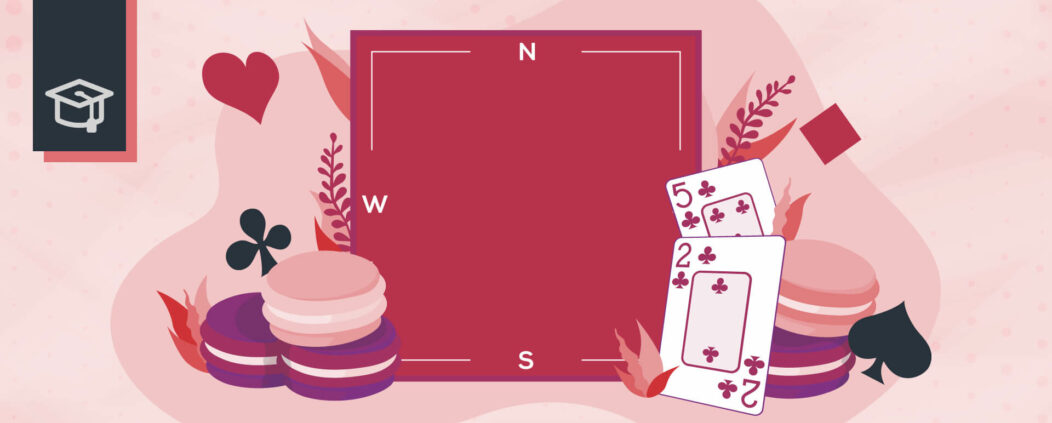
Responses to the opening after an intervention with a two-suiter
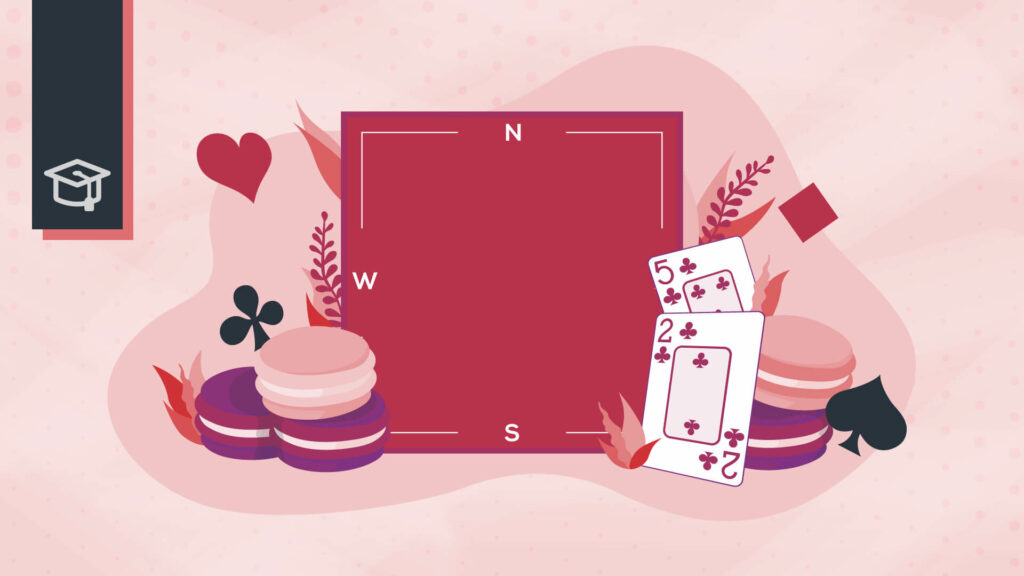
An intervention with a two-suiter “eats up” space and forces the opener’s side to work out a rigorous system that is based on conventional bids that require a certain amount of memorization. Moreover, the role of the Double becomes complex. Our columnist reviews all the possible answers – as well as some developments – to help you bid better in this delicate situation.
The opener’s partner has several options, and they all have to be specified:
· Double.
· Cue-bid one of the suits of the two-suiter.
· Make a natural bid, raise the opening bid or use the fourth suit.
· Respond 2NT.
· Pass.
1. The Double
A Double promises 9+HCP and usually shows a balanced hand; it can serve as a preparation for a penalty double but also allows you to find a 4-4 fit in the fourth suit. Careful, the Double is not autoforcing.
Example:
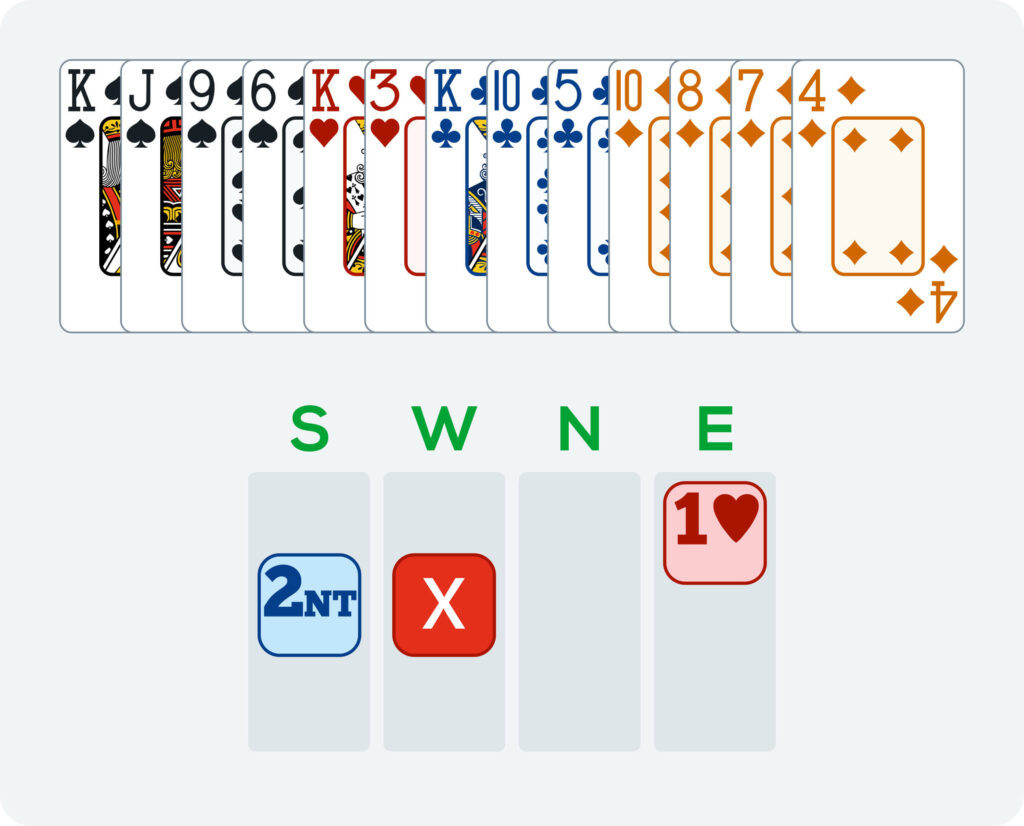
Developments after the double
A “groundbreaking” rule to know: in the following sequence, all Doubles are take-out, never for penalties. This rule is the logical consequence of the non-autoforcing character of the first Double. If opener has a good hand he cannot pass and he does not always have a natural auction at his disposal. As in many competitive situations, the Double shows that his side is on offense. Opener can of course pass for penalties. The same principle applies seen from the responder’s side: he can pass in the pass-out position in a 9-10HCP zone but must bid if he has 11+HCP (a balancing Double is take-out; the opener’s side is in an offensive position.)
Example 1:
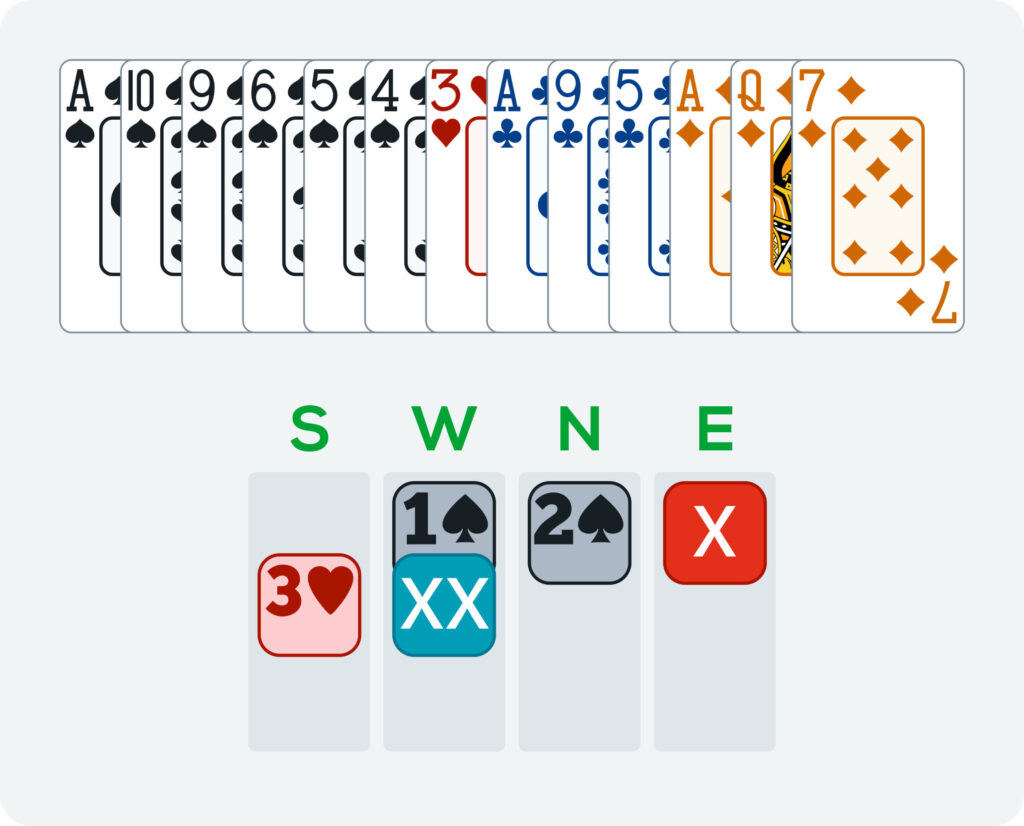
In a recent teams match, West unaware of this principle bid on to 3♠️ and then ended up playing 4 Spades Doubled (only one down), but he could have scored 800 against 3 Hearts Doubled.
The Double has the same meaning in the pass-out position:
Example 2:
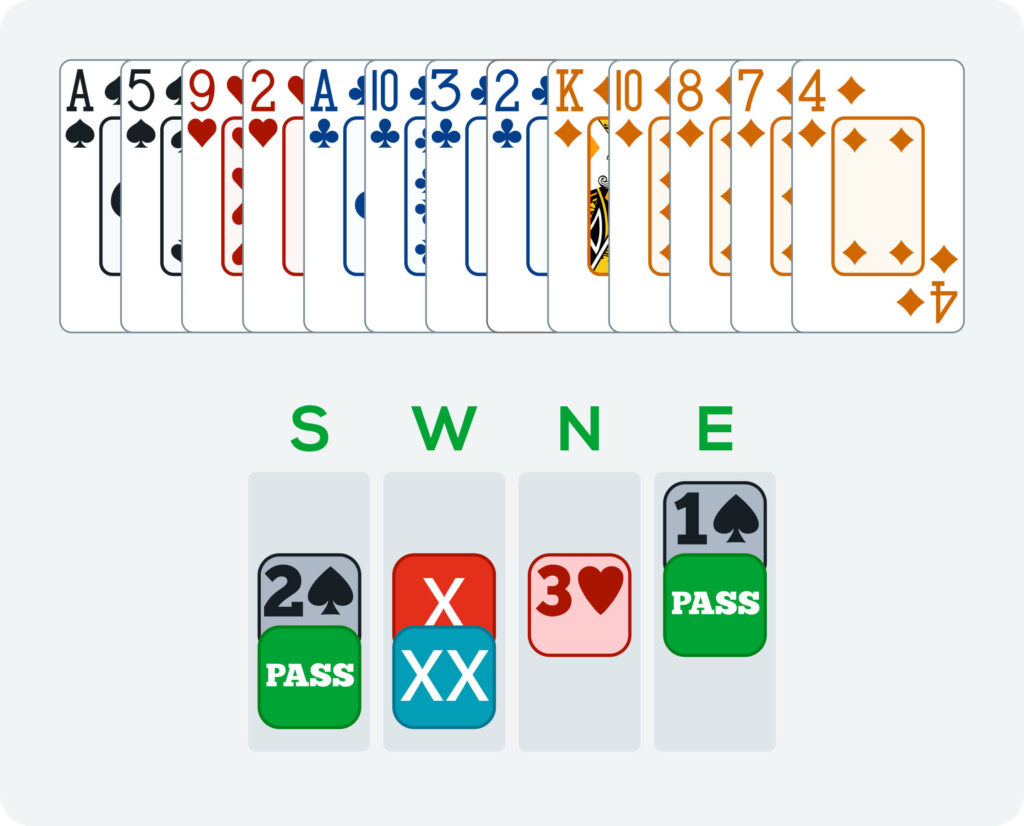
It’s the same when player number four passes over the Double:
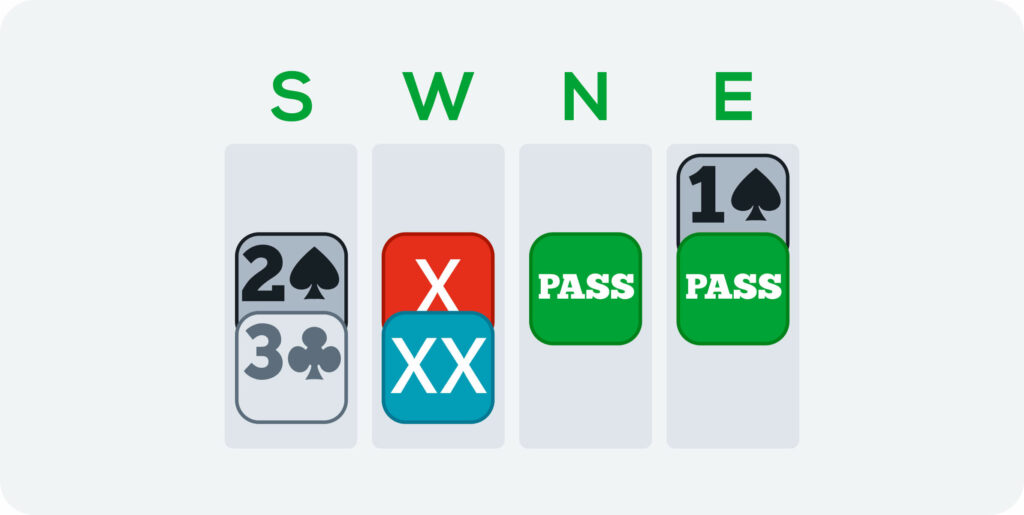
The Double is for take-out.
Pass would be non-forcing.
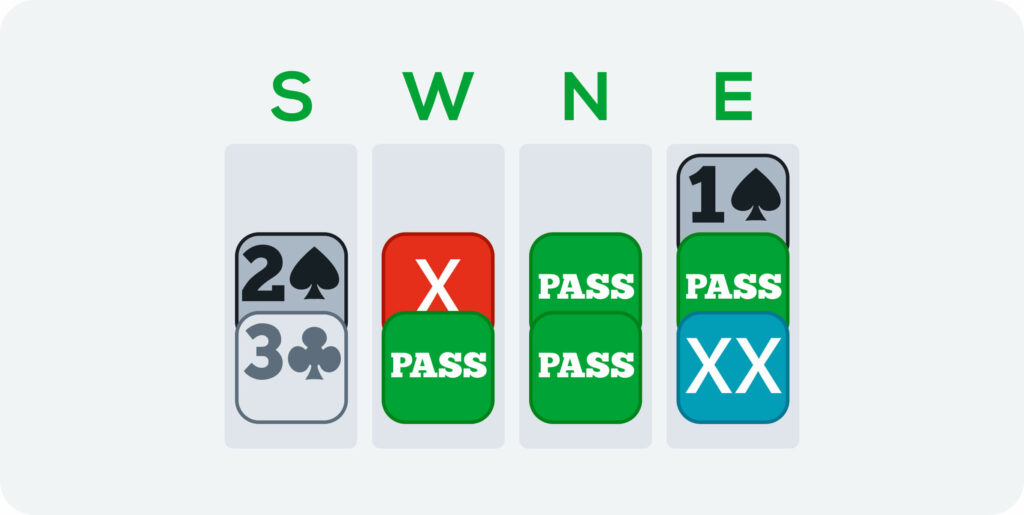
The Double is for take-out.
All Doubles are for take-out.
Contrary to what would seem natural to do, play the Double for take-out. It shows that you are on offense and that bid is not auto-forcing.
2. The cue-bid
A general principle governs the two cue-bids. The cheapest cue-bid shows a forcing bid in the lower of the two remaining suits. The other cue-bid shows a forcing bid in the higher of the two remaining suits. Some examples to make it clear:
First sequence : 1♥️-2♥️
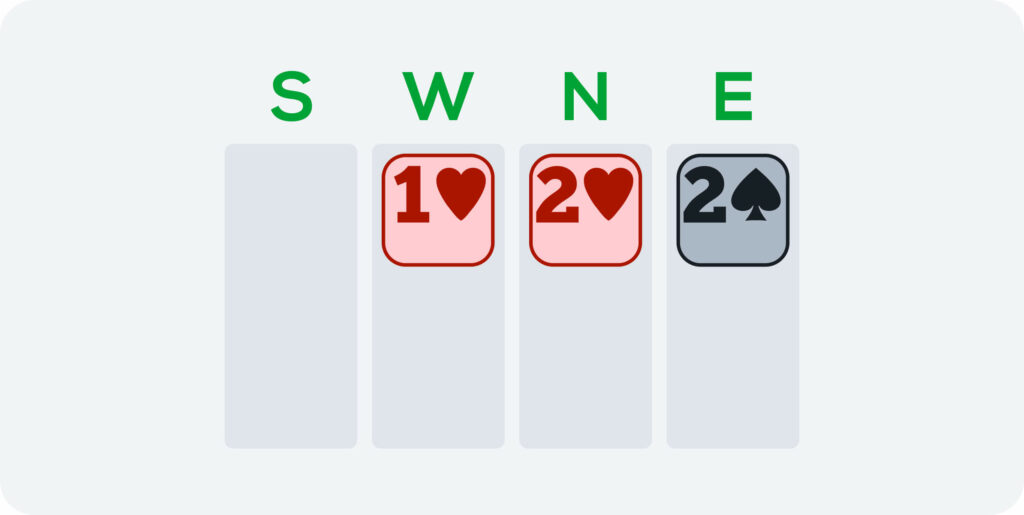
2♥️ is a two-suiter in Spades and Clubs. 2♠️ is the lower cue-bid, it shows a forcing bid in Diamonds, the lower suit, with at last five cards. Example:
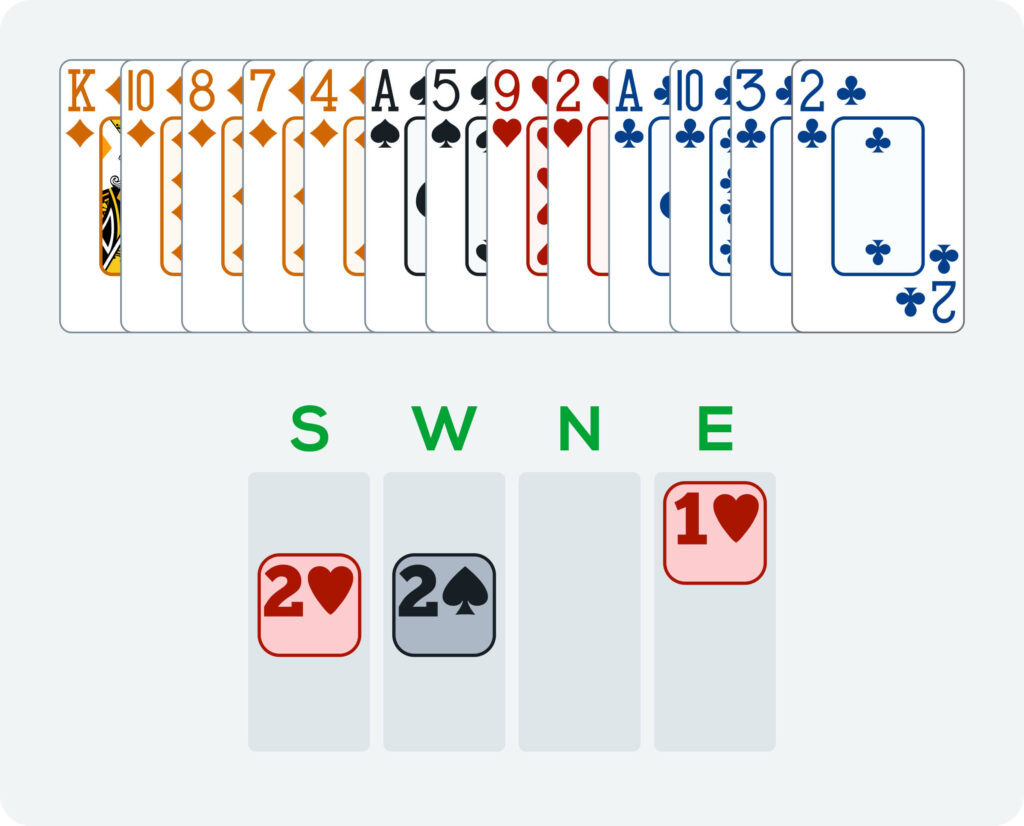
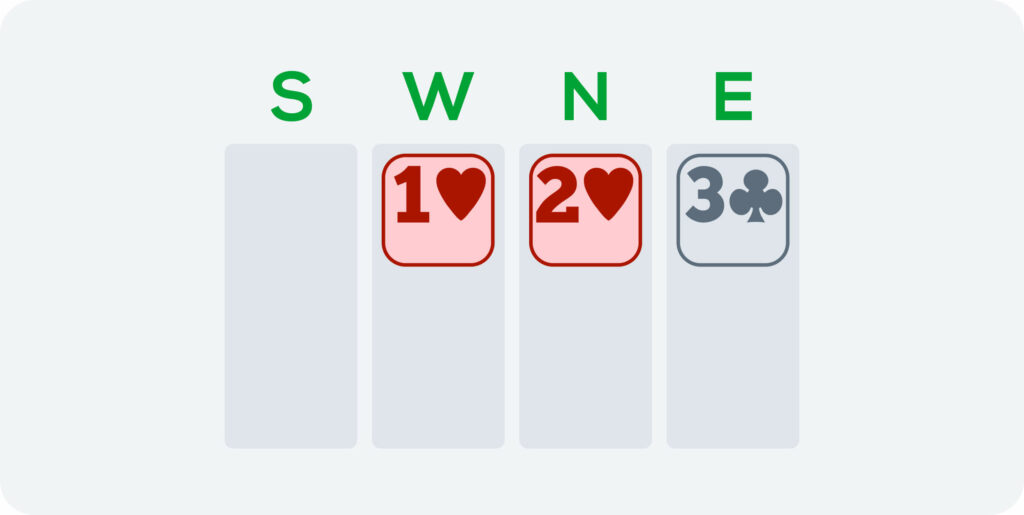
2♥️ is always a two-suiter in Spades and Clubs.
3♣️ is the higher cue-bid; it shows a forcing raise in Hearts, the higher suit. Example:
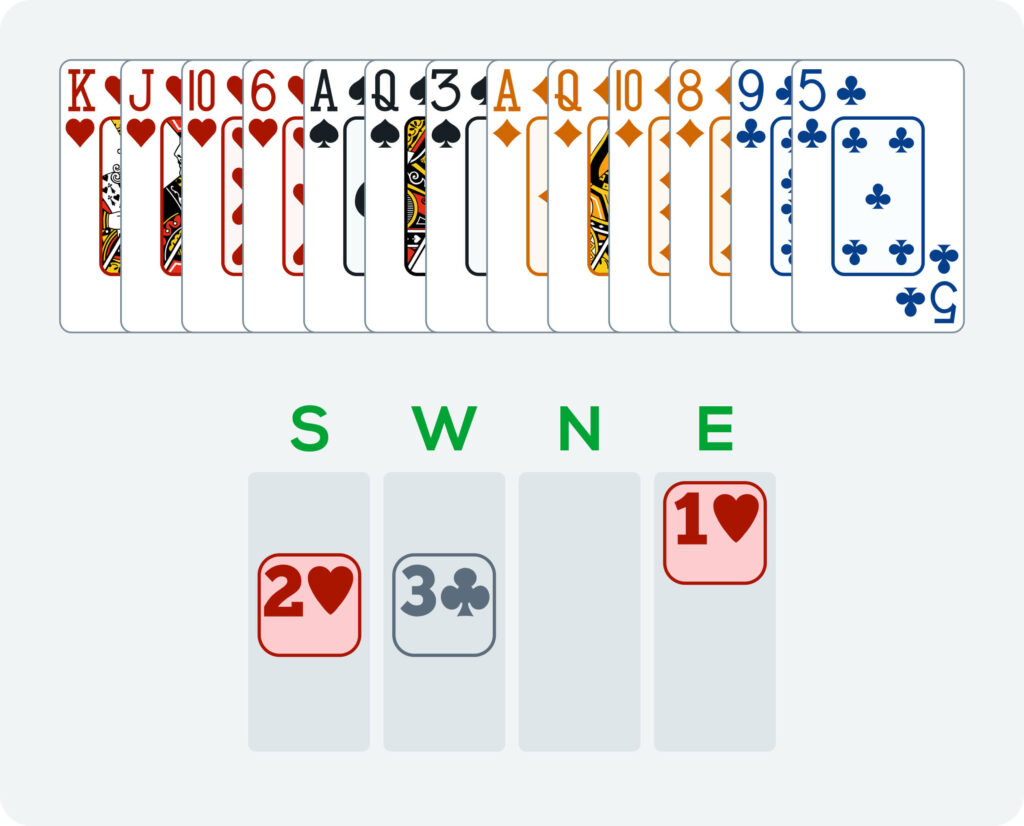
You need a Funbridge Premium+ subscription to keep reading.
Please log in with a Premium+ account to read the full article.



